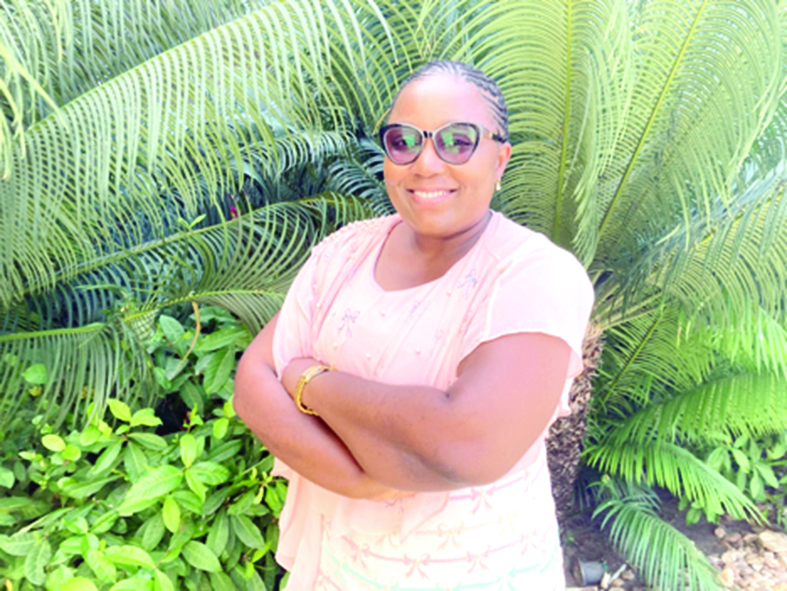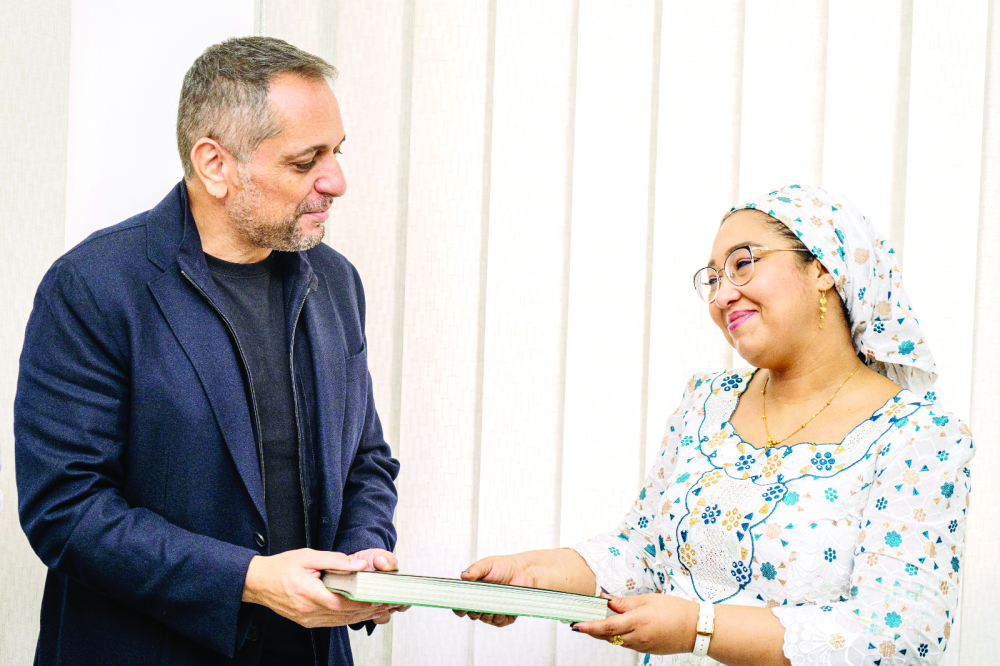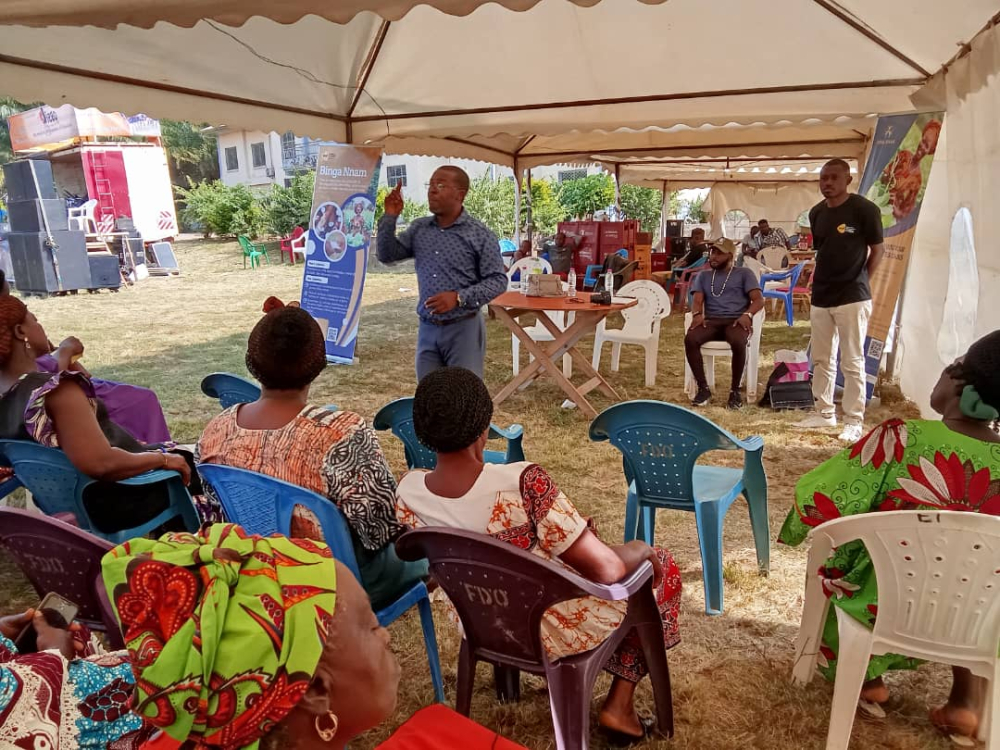Reimagining Cameroon’s Post COVID-19 Female Education
- Par Sylvie Djacbou
- 12 sept. 2022 15:58
- 0 Likes

When I was growing up in Yaounde, my schooling sought to prepare young girls to keep a good home. My mother had other ideas: she wanted us to have a quality education.
At one point I was told by people around me that, I should not invest much time in school as it was a waste of time for females. Add poverty to this toxic pot of social norms and education was a mountain for young girls to climb. From a young age, I strove to balance household work, run my own small business selling goods, attend school and ultimately support my education. All of this was done in order to access education and employment at the same level as my male peers. I too wanted to support my family.
That inspired my advocacy spirit and shaped the environmental activist I am today. In as much as a healthy environment is a matter of social justice, so too is girls and women's education. “We are witnessing a young generation frustrated by the chronic mismatch between skills and work. The best answer to the economic downturn and youth unemployment is to ensure that young people acquire the basic skills and relevant training they need to enter the world of work with confidence ,” said former UNESCO Director in 2012. However, access to quality education and retention in school for girls and women, remains inadequate in most parts of the world. Every day, girls still face barriers to education caused by poverty, cultural norms and practices.
Moreover, poor infrastructure, violence, and the COVID-19 pandemic has worsened their situation. It is hard to imagine that 130 million girls were already out of school even before the pandemic, according to UNICEF and that an additional 11 million girls may not be able to return to school this year due to the unprecedented educational disruption of COVID-19 according to UNESCO. In Cameroon, a post-COVID concrete database of the number of girls and women out of school is not yet available. Yet the truth is that women and girls count – and we must count them in order to make a change.
This alarming global number not only jeopardizes decades of progress in gender equality, but also puts girls around the world at risk of teenage pregnancy, early and forced marriage as well as violence. For me and many other girls, quality education is more than the key to a better life: women's education is a matter of social justice. Despite all efforts to improve girls' quality education, in Cameroon available data from the Demographic and Health survey shows that one in five women (20%) and one in ten men (10%) aged 15-49 have no education. The data also shows that there is a gap in educational achievement in favor of men with 14% of men and 23% of women aged 6 or over with no level of education.
The gender parity index (which is the ratio between the school attendance rate of girls and that of boys) for primary (0.91) and secondary (0.88) schools shows that girls still attend school less than boys, and that the gap is a little more marked at the secondary level than at the primary level.
The Cameroon National Institute regional survey showed that more women than men were illiterate in the less economically privileged regions. The percentage of women who have no level of education is 36% in rural areas against 8% in urban areas.
Women were the most vulnerable groups during the pandemic with an estimated 47 million women and girls pushed into extreme poverty around the world. As is true of most low income countries, 90% of jobs (mainly women) are in the informal sector in Cameroon. These job losses wer...
Cet article complet est réservé aux abonnés
Déjà abonné ? Identifiez-vous >
Accédez en illimité à Cameroon Tribune Digital à partir de 26250 FCFA
Je M'abonne1 minute suffit pour vous abonner à Cameroon Tribune Digital !
- Votre numéro spécial cameroon-tribune en version numérique
- Des encarts
- Des appels d'offres exclusives
- D'avant-première (accès 24h avant la publication)
- Des éditions consultables sur tous supports (smartphone, tablettes, PC)
















Commentaires